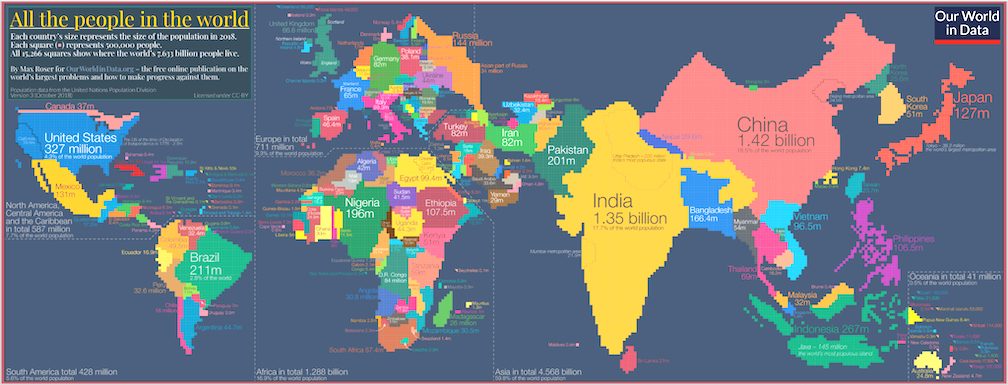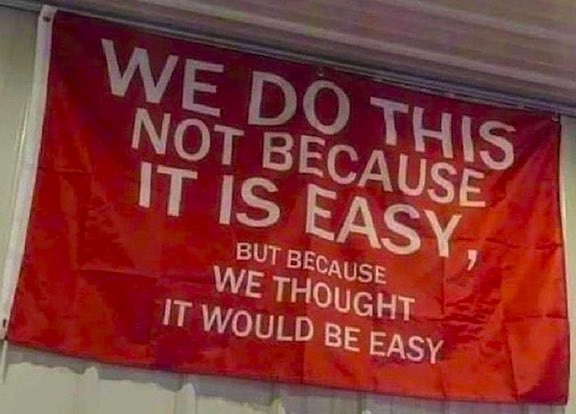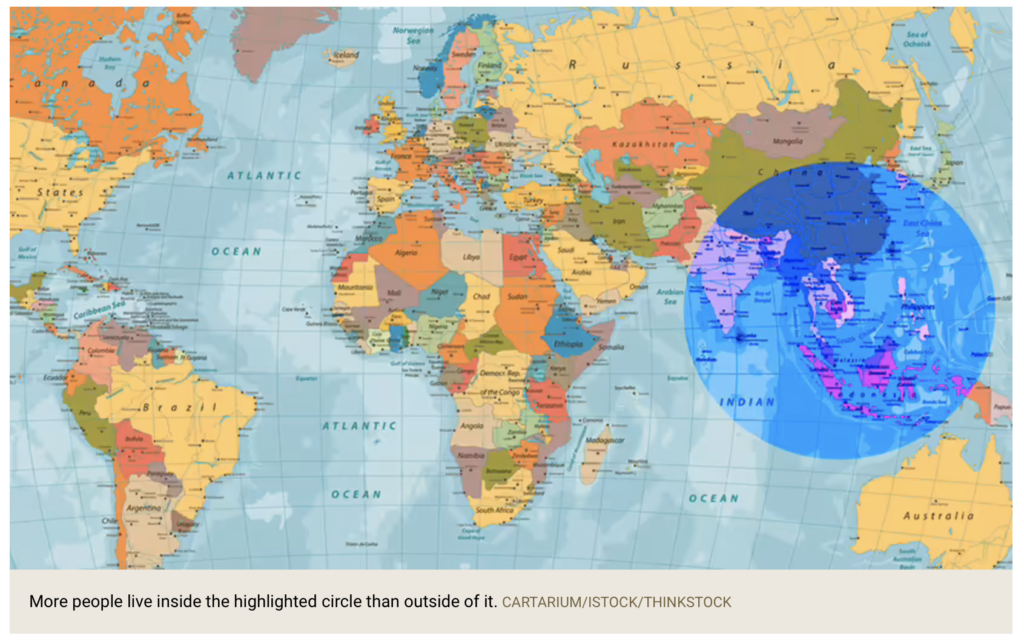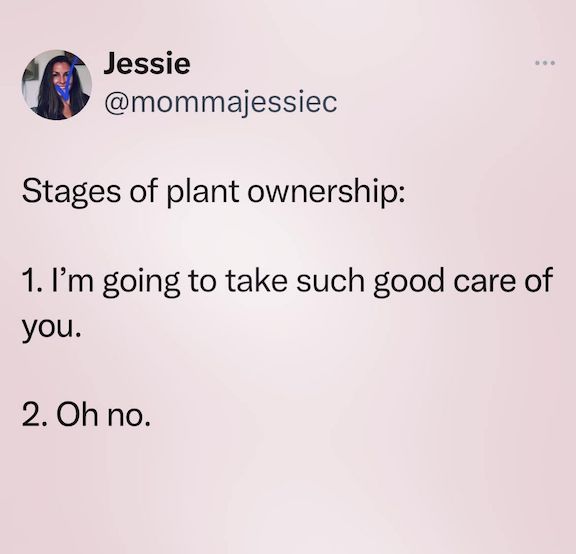One planet is not enough?
It is if you’re forced to walk to your next destination.
And where might that be?
When you’re on foot and a long way out, where you’re headed isn’t as important as keeping your momentum.
You knew where you were going when you started.
Currently there are many trains of thought concerning where we’re going as a species.
We’re either doing just fine, thank you very much, or we’re headed off a lemming-like cliff.
The good news is that lemmings have been unfairly defined:
Lemmings do not commit suicide. However, this particular myth is based on some actual lemming behaviors.
Lemmings have large population booms every three or four years. When the concentration of lemmings becomes too high in one area, a large group will set out in search of a new home.
Lemmings can swim, so if they reach a water obstacle, such as a river or lake, they may try to cross it. Inevitably, a few individuals drown. But it’s hardly suicide.
One Planet Population Boom

One way to understand the distribution of people worldwide is to redraw the world map – not based on the area but according to population.
This is shown here as a population cartogram: a geographical presentation of the world where the size of countries is not drawn according to the distribution of land but by the distribution of people. It’s shown for the year 2018.
We talked distribution yesterday.
Eventually the road ends.
The next street over isn’t a street but a barren patch of desert.
So is the backyard.
Is it the end of civilization, or the beginning of natural life?
Either choice, it looks like a walk on the wild side.
A hot walk.
Let’s review the pollution solution in regular life.
Shop locally, except you can buy the same thing for less at a big box store.
Farm to table food?
I don’t see a lot of farms across the expanse that is Phoenix, but I saw salads on tables.
Unless you have a a convenient sea port where you live, population centers in every state fly in supplies, trucking companies move it around and deliver it, we drive to the store.
Every stage needs a pollution solution; every stage is a challenge.
From the pavement that airplane wheels, truck wheels, and your wheels roll on, to the manufacturing process for the planes, trucks, and cars, there’s a pollution solution.
Where to start?
What Is Not A Pollution Solution?
The industrialized nations of the world make a big show of their environmental efforts toward clean rivers and clean air to make our one planet better.
And it is a big deal, a huge deal, like the work done on the River Seine, but …
The world’s human population now exceeds 7.5 billion, but all those people are not distributed evenly over the available land. For instance, fewer humans live in deserts than along coastlines, and more people live in cities than in rural areas. You get the idea.
But what might come as a surprise is that there is one geographical area on a two-dimensional map about 5,000 miles (8,000 kilometers) in diameter where over half of us live.
We all love hearing about river clean-ups, beach clean-ups. How about that Pittsburgh?
How often do we hear about steel production pollution now that it’s off-shore? Not so much.
Today the load of steel production comes from countries in that small population circle.
Are their pollution problems any different than Pittsburgh’s was?
It’s the most densely populated section of earth and one third is water.
What could go wrong on one planet?
Sweeping Steel Under The Rug
The environmental impact of steel production from The World Counts:
Iron ore is the world’s third most produced commodity by volume – after crude oil and coal – and the second most traded commodity – only beaten by crude oil.
The mining of iron ore is highly energy intensive and causes air pollution in the form of nitrous oxide, carbon dioxide, carbon monoxide, and sulfur dioxide from diesel generators, trucks and other equipment.
The mining of iron ore also causes water pollution of heavy metals and acid that drains from the mines. Acid drainage can go on for thousands of years after the mining activities have stopped.
That’s just mining iron ore, not mining coal and making steel.
Production of steel is the most energy-consuming and CO2 emitting industrial activity in the world.
Steel requires about 20 gigajoules of energy per ton produced. Three quarters of the energy comes from burning coal.
Burning coal?
On average, 1.83 tons of CO2 is emitted for every ton of steel produced making steel production a major contributor to global warming adding over 3,3 million tons annually to global emissions.
Steel production is dirty business – yet no-one can make a product without using steel. If steel is not used in a product, it is used in the production or shipment of products.
Since we only have one planet to look after, let’s get a cleaner look at the big picture.
Start with steel and go from there.
It takes steel to mine the coal and iron ore to make steel; it takes fuel and steel to move the finished steel product.
It’s taken lots of hard thinking to figure out pollution.
How close are we to “Oh no?”
Too close? Then what?





